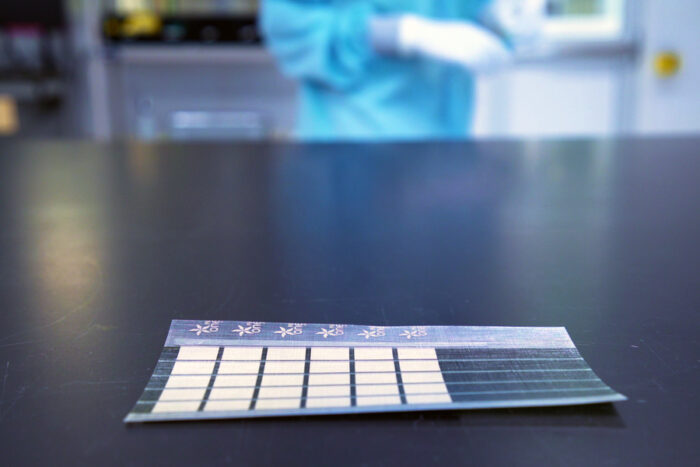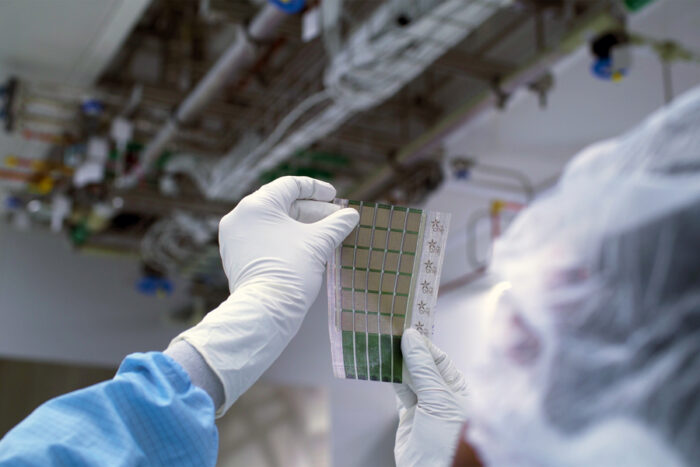It is no secret that the Sun is an incredible source of energy.
For starters, it's the main reason that life on Earth can continue—plants love it, which kick starts the entire food chain, not to mention the warmth that it provides! And more solar energy hits Earth in a single hour than the entire world uses in a year.
Think about that!
But when it comes to us actually using that energy, the issue has always been about us being able to collect it. So far, the best method that we have for capturing this energy is the solar cell. On their own, conventional solar cells don't collect that much power, so they are combined into a large group known as a solar panel. Sadly, panels can be really bulky and heavy. So they work for some buildings, but are not so feasible on other structures.
But now a new innovation at the Massachusetts Institute of Technology (MIT) is cutting the weight factor down immensely. A team of engineers have created a solar cell that is thinner than a human hair and as flexible as fabric. Despite being so thin, they are remarkably durable and relatively easy and cheap to produce.
These lightweight solar cells have the potential to totally revolutionize the solar industry, making it more portable than ever!
Light and efficient

Now that's thin! (Melanie Gonick, MIT)
The cells can be grouped into flexible solar panels of remarkable potential. How about turning an entire sail on a boat into a solar panel? Or the tarp on a tent? Or the wings of a drone? Or even the back of your jacket? (You could charge your phone as you take a walk!)
The cells weigh one-hundredth of a conventional solar panel, and are 18 times more efficient at generating power. They are also scalable—meaning they can be made to fit practically any surface, no matter how large. And maybe the coolest thing is how durable these ultrathin cells are.
A traditional solar cell is quite fragile. This is another reason why they are encased inside of a solar panel. But these new solar cells—which are made by printing with an 'electronic ink'—are able to withstand being rolled and unrolled hundreds of times. And though they do require some protection, the engineers at MIT are also working on that issue. They are creating films that will add a protective skin to the cells, while still allowing them to remain lightweight and flexible.
Take a tour of this mind-blowing new innovation on the video below. What a bright idea!
 An engineer at MIT inspects a finished collection of solar cells. (Melanie Gonick, MIT)
An engineer at MIT inspects a finished collection of solar cells. (Melanie Gonick, MIT)









